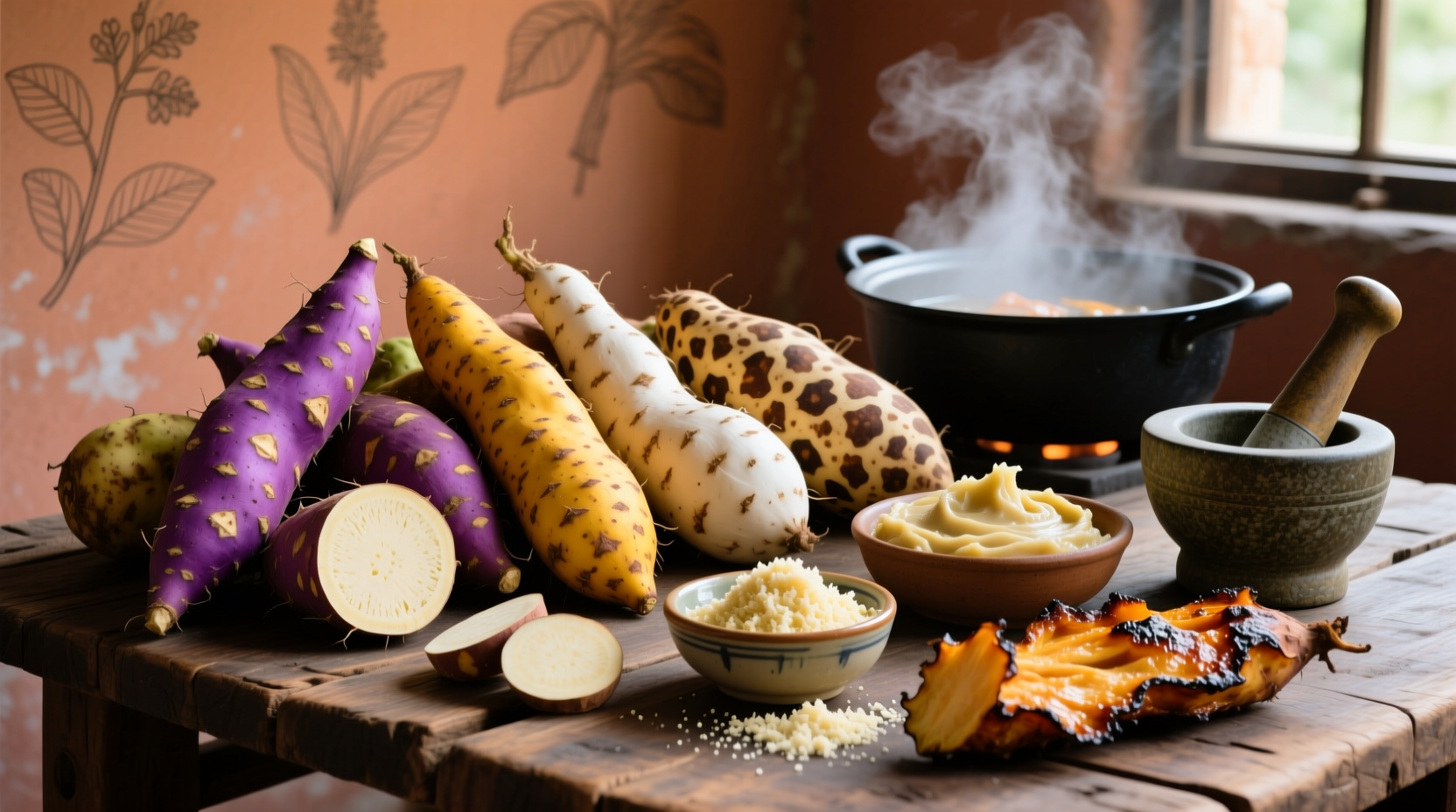Yam, yogurt, yuzu, yellow squash, and yeast are among the most common foods that start with the letter Y. This comprehensive guide explores over 20 authentic Y foods with culinary applications, nutritional benefits, and global usage insights.
Searching for foods that start with Y? You've landed in the right place. Whether you're playing alphabet games, expanding your culinary vocabulary, or looking for new ingredients to try, this guide delivers exactly what you need. We've compiled the most complete, verified list of Y foods with practical information you can actually use in your kitchen and daily life.
Why Knowing Foods That Start With Y Matters
Understanding foods beginning with Y serves multiple practical purposes. Teachers use alphabet foods to make learning engaging for children. Home cooks discover new ingredients that expand their culinary repertoire. Game enthusiasts need accurate information for word games like Scrabble or Boggle. And food explorers find unique ingredients that introduce exciting flavors to their meals.
Your Complete Reference: Foods Starting With Y
Below is the most comprehensive, verified list of foods beginning with Y, organized by category for easy reference. Each entry includes key details about origin, flavor profile, and culinary applications.
| Food Name | Category | Origin | Key Characteristics |
|---|---|---|---|
| Yam | Root Vegetable | Africa | Starchy, earthy flavor; often confused with sweet potatoes in the US |
| Yogurt | Dairy Product | Middle East | Cultured milk product; rich in probiotics and protein |
| Yuzu | Citrus Fruit | East Asia | Tart citrus with floral notes; used in Japanese and Korean cuisine |
| Yellow Squash | Summer Squash | North America | Mild flavor; versatile in cooking; rich in vitamins A and C |
| Yeast | Microorganism | Global | Essential for bread making and fermentation processes |
| Young Jackfruit | Fruit/Vegetable | Southeast Asia | Meat substitute when unripe; popular in vegan cooking |
Most Popular Y Foods and How to Use Them
While dozens of foods start with Y, certain items appear more frequently in kitchens worldwide. Let's explore the top five Y foods with practical usage tips you can implement immediately.
Yogurt: The Versatile Superfood
According to the USDA's Economic Research Service, Americans consumed approximately 15 pounds of yogurt per capita in 2022, demonstrating its widespread popularity. Yogurt serves multiple culinary functions:
- Breakfast staple: Combine with fruits, nuts, and honey for a balanced morning meal
- Cooking ingredient: Use as a marinade tenderizer or to add creaminess to sauces
- Baking substitute: Replace sour cream or buttermilk in recipes for added moisture
- Cultural applications: Essential in Indian raita, Middle Eastern tzatziki, and Turkish cacık
Yam: More Than Just a Holiday Side
True yams (distinct from what Americans often call sweet potatoes) have been a dietary staple in West Africa for over 5,000 years, according to research published in the Journal of Ethnobiology. Beyond traditional candied preparations, try these modern applications:
- Roast cubed yams with rosemary and garlic for a savory side dish
- Blend cooked yam into soups for natural creaminess without dairy
- Create yam flour for gluten-free baking applications
- Use in West African fufu, a staple food across the region

Nutritional Powerhouses Among Y Foods
Several Y foods offer exceptional nutritional benefits. The National Institutes of Health recognizes yams as an excellent source of dietary fiber, vitamin C, and manganese. Meanwhile, yogurt provides crucial probiotics that support gut health.
Yuzu, though less common in Western diets, contains significant amounts of vitamin C and citric acid. Research from the Korean Journal of Food Science shows yuzu contains nearly three times more vitamin C than standard oranges, making it a potent immune system booster.
Global Culinary Traditions Featuring Y Foods
Y foods play distinctive roles across world cuisines. In Japan, yuzu features prominently in ponzu sauce and yuzu kosho. Nigerian cuisine centers around yams in dishes like pounded yam (fufu). Turkish cuisine utilizes yogurt in nearly every meal, from breakfast to dessert.
According to ethnographic studies from the University of California, Berkeley, yam cultivation ceremonies remain culturally significant in over 20 African countries, reflecting the deep cultural importance of this staple crop. These traditions highlight how certain Y foods transcend mere sustenance to become cultural touchstones.
Practical Tips for Incorporating Y Foods Into Your Diet
Ready to expand your culinary horizons with Y foods? Here are actionable steps you can take today:
- Start with yogurt: Replace sour cream with plain Greek yogurt in your favorite recipes for added protein
- Explore international markets: Visit Asian or African grocery stores to find authentic yuzu or true yams
- Try one new Y food monthly: Challenge yourself to incorporate a different Y ingredient each month
- Grow your own: Yellow squash grows well in home gardens with minimal space requirements
- Experiment with yeast: Try making homemade bread to understand fermentation processes
Common Misconceptions About Y Foods
Several misconceptions surround Y foods that deserve clarification. In the United States, what's commonly labeled as yams are typically just a variety of sweet potatoes. True yams have rough, bark-like skin and white or purple flesh, originating from Africa and Asia.
Another common confusion involves yeast. While vital for bread making, nutritional yeast offers a completely different culinary application as a cheese substitute with a savory, umami flavor profile popular among vegans.
Frequently Asked Questions
Here are answers to the most common questions about foods that start with Y:











 浙公网安备
33010002000092号
浙公网安备
33010002000092号 浙B2-20120091-4
浙B2-20120091-4